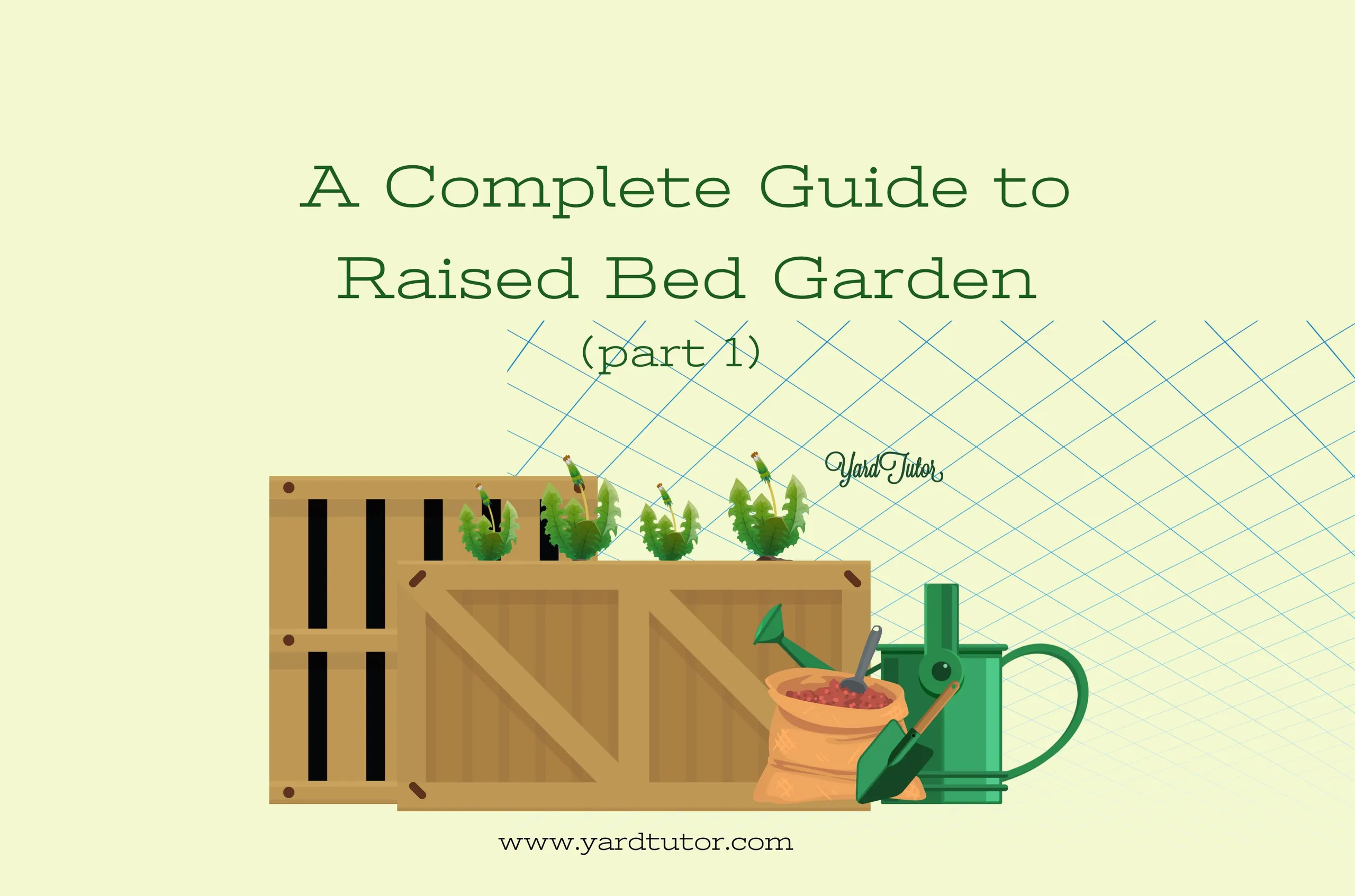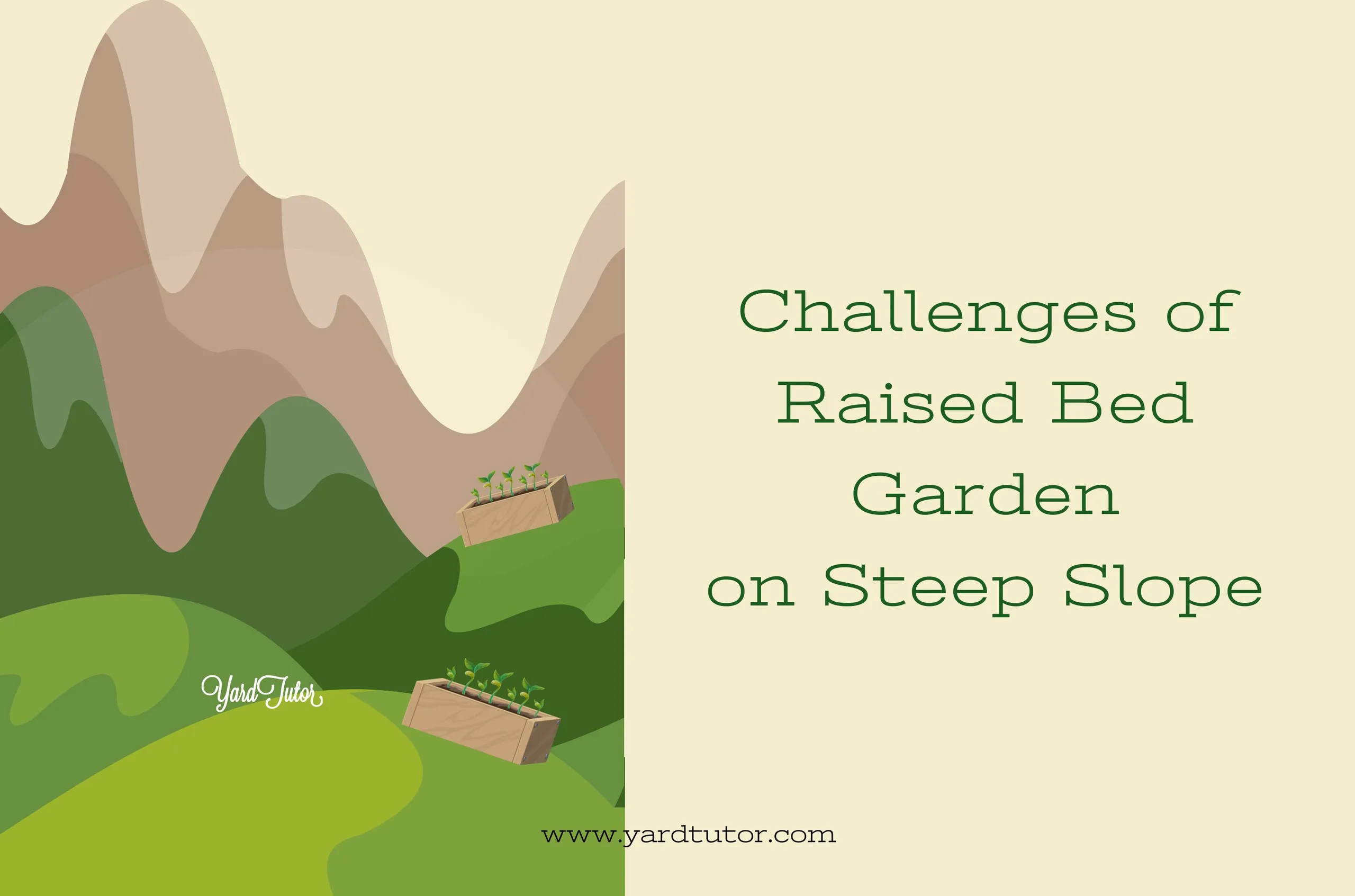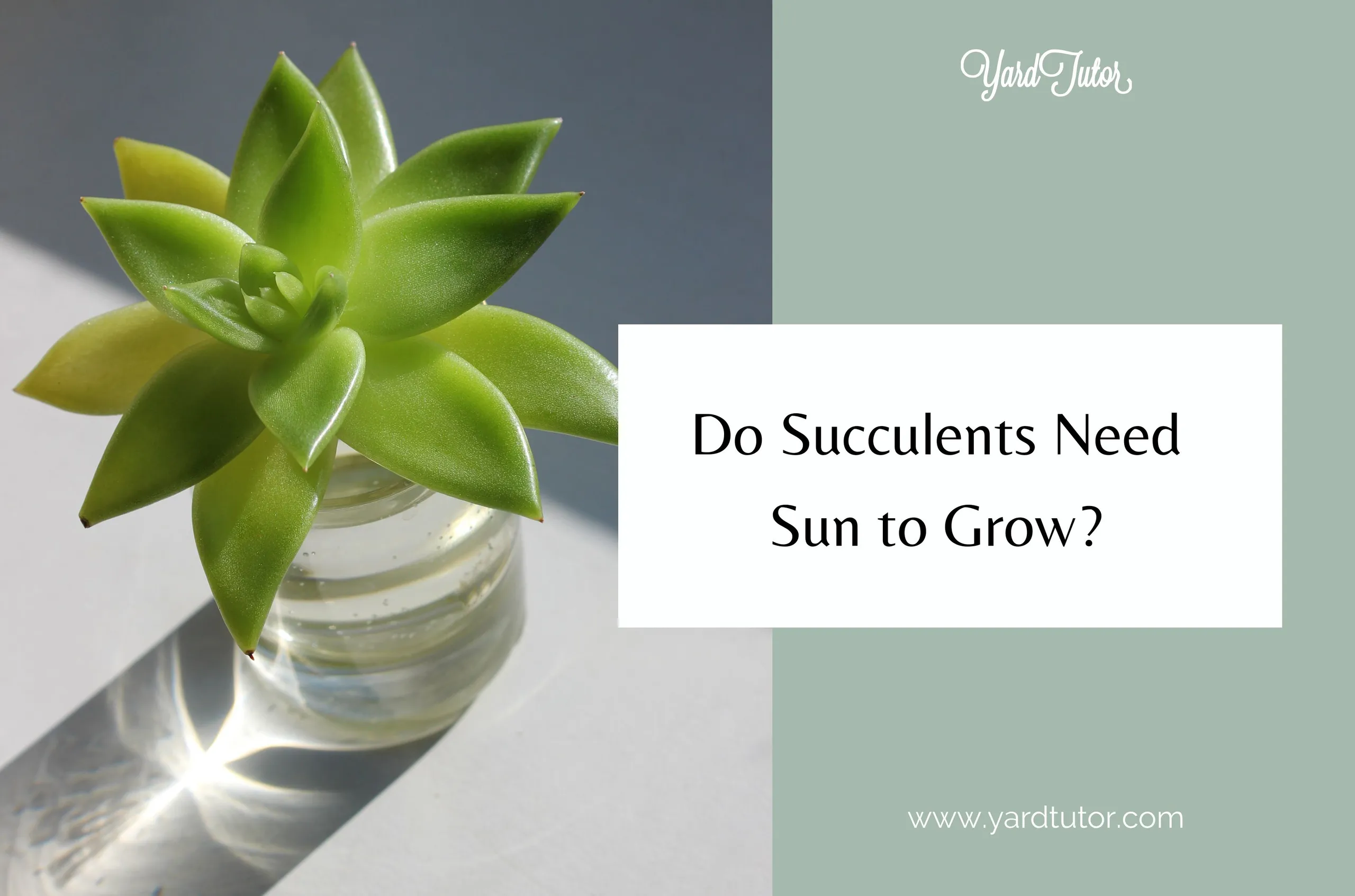8 Common Challenges Of Gardening On A Steep Slope
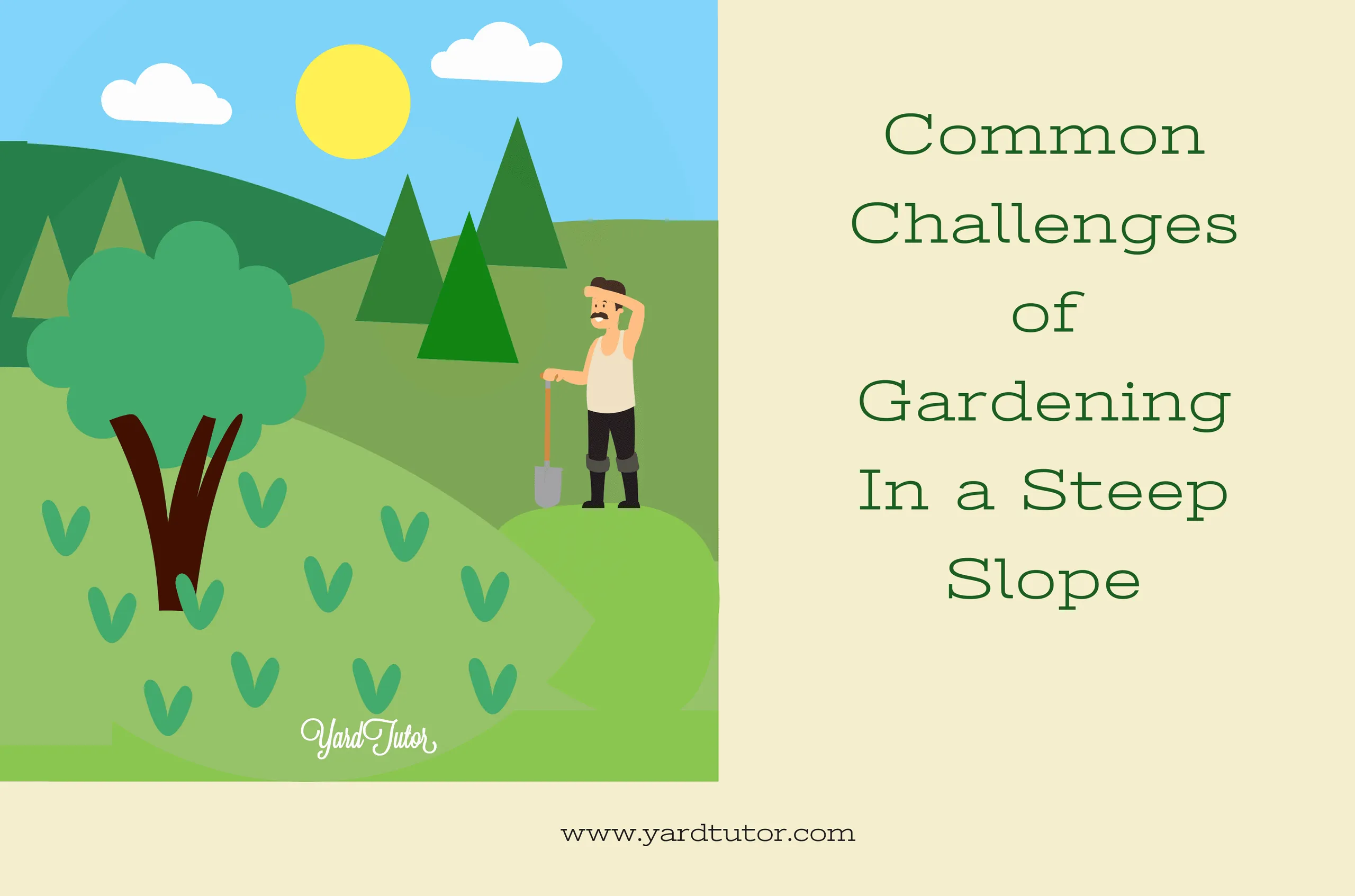
Gardening is one of the most popular pastimes in the world. But not everyone has the perfect yard for gardening. Some folks have lovely, flat yards with excellent soil, while others have yards that are sloped. While it’s not impossible, gardening on a slope is quite difficult. In this article, we have discussed the common issues faced by any gardener trying to set their garden up a steep slope. We will also get into the available solutions for these.
Challenge 1: The obvious one! The beds are not level
Do the beds or ground need to be leveled? Plants grow on slopes on their own, after all.
Yes, you can grow plants on slopes without leveling the ground, but the results won’t necessarily be better. Remember, in gardening, having a level ground for planting is absolutely necessary for getting better yields.
Solutions
- Raised bed gardens are one of the best solution for this. You make stepped gardens. As a result, you do not need to level your entire ground to a same level.
And with raised garden beds, you can easily do that. You don’t have to perform extensive excavation or completely alter the topography of your garden area. You can simply make the beds level with minimum digging, which will save tons of money, time, and resources. - If you are not a fan of terracing, use rocks and boulders to stabilize the soil. Adding these will also create a magnificent look to your landscaping too.
- Another alternative is to cover the ground with colorful shrubs. They will grow naturally with little maintenance, provide support against soil erosion, and give the slope a beautiful look.
Challenge 2: Soil erosion
Soil erosion is a common problem in steep slopes. Excessive rainfall easily washes off the topsoil and plants as steep slopes are often made of less stable soil.
Solutions
- Planting itself can be one solution to this. You can plant bushes and shrubs which are ideal for preventing erosion. Select ground covers that stabilizes soil in its place and prevent erosion. We will have more in this when we talk about plant selection.
- Water run off is one of the biggest factors that causes erosion. Therefore, you should manage your drainage efficiently. We will talk about it in the next section in details.
- Use retaining walls to stabilize soil and prevent erosion.
- Terracing the slope to divide the steep slope into smaller sections of level ground is also a helpful solution.
- Avoid loose soil on top. You don’t necessarily need compact soil. Loosen the soil with fork, help with aeration and improving the soil health. Avoid excessive tillage as it will make top soil more susceptible to erosion.
- Using rocks can help in this regard as well. For barren places in the garden, using wood chips, leaves etc. as mulch is also a very good idea as it helps reduction of soil erosion. Basically, mulch lessens the flow of rainwater down the ground, ultimately leading to less erosion.
- Planting a few larger trees can be helpful.
Challenge 3: Irrigation & drainage complications
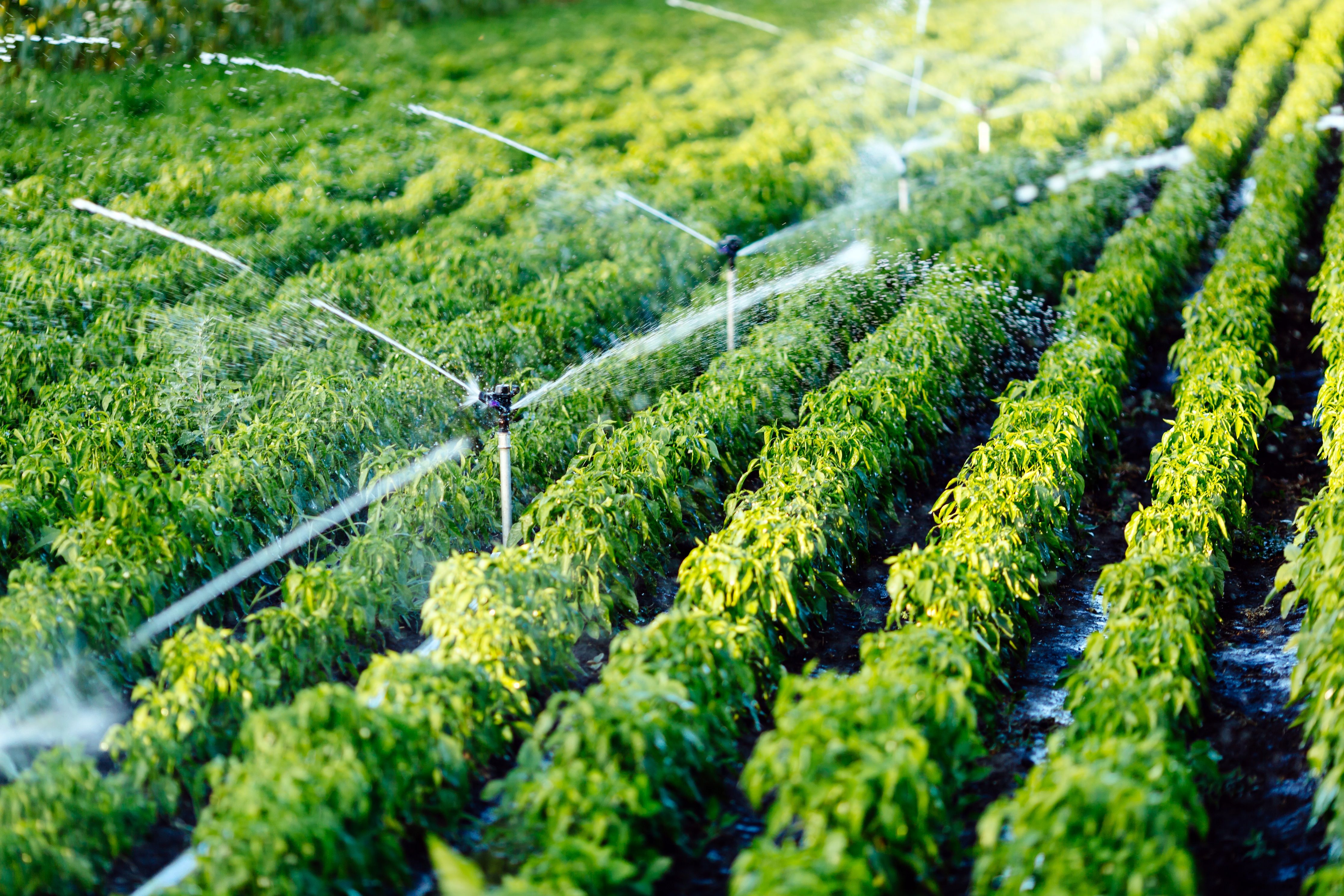
If the soil is level, it is also easy to handle water for irrigation and drainage, and you won’t have to worry about nutrients washing to the lower end of the ground.
Irrigation and drainage can be very challenging on steep slopes. While the higher parts may dry out quickly and require watering twice the times than other parts, the valley may face water logging issues. Inadequate drainage can lead to the accumulation of water at the base of the slope, potentially causing damage to plants and structures.
Solutions
- Plan your garden in the direction of the natural slope. It will make things easier.
- Install your irrigation system carefully after considering plant need, sunlight and budget. A drip or trickle system may suffice for your garden and someone may need a different one.
- Divert rainwater at the top of your garden. You can make a simple open gutter or trench to collect the rainwater and drain it to the bottom or away from the plants. In this way, your garden is saved from the risks of heavy run-off.
- If you have a terraced garden, then drainage is easier to maintain. Use a drain pipe in your beds to collect excess water and take them away from your plants.
Challenge 4: Limitation in plant choice

It is best to select tough plants that will need minimal to no maintenance. As grooming and taking care of plants regularly on steep slopes can be difficult. However, this may limit your choice of plant. Again, if you are using beds on the slopes, the bed size reduces the range of plants you can select.
You need stable soil for planting plants with a strong root structure. Since top soil on slopes tends to have less stability, you will need to treat the garden before planting these.
Steep slopes can create microclimates with variations in temperature, sunlight, and wind exposure. These microclimates can affect plant growth and performance. If you don’t plan your garden considering these variations, you may find it challenging later.
Solutions
- Sure there are some plants more suitable for a steep slope, you still can choose from a lot of options. First and foremost, go for tough plants that can stabilize your soil and grow with minimal maintenance.
- Use plants with mixed root system. Don’t just use one type of plant. Use shrubs and small trees for soil support. However, if they have a deep root system and you are using raised beds, you need to keep both in mind. You need to select plants that have roots that can be comfortably accommodated in your beds.
- Select anchor plants. Besides annuals, use perennials. When you harvest your annual crops, perennials will still be there to stabilize the soil. For a sunny slope, you can choose rosemary and sage. For a shady slope, consider astilbe, hosta, and hellebore to be planted in between your annuals.
- Use ground cover plants to handle soil erosion. Some such plants include - creeping thyme, creeping phlox, sedum, creeping jenny, mondo grass, etc.
- Consider natural habitats while selecting plants. This reduces a lot of issues naturally.
Challenge 5: Maintenance difficulty

Well, steep slopes are difficult to move around. At least not as comfortable as it would be in case of a level ground. It gets more challenging since you have to carry all the equipment and supplies up a slope. For taking any supplies like the seedlings, fertilizers, tools etc., there will be some level of difficulty. Pushing a wheelbarrow up the slopes may not be a cup of tea for many. This means that it will be challenging to remove weeds and other invasive perennials.
If your sloped garden has no steps, then minding your garden in the slopes becomes a balancing act. Even with inadequately sized steps, the hassle doesn’t diminish.
Your garden will probably not have access to any water sources. You will need to construct a method of transporting water from a nearby water source to your garden. For instance, you may install a watering system, but doing so will be a painstaking process if the garden is on a slope.
Solutions
- Select low maintenance plants.
- Make sure the pathways are wide enough to maneuver tools and are secured for movement.
- You can use wood for raised beds. Concrete can be a good alternative, especially for retaining walls. Be sure to have drainage pipes behind retaining walls to make them stronger.
- Well, this one is not really a solution rather an advantage. Planting and maintaining a garden on the slopes, that too on a steep slope, requires hard labor. It will benefit your body like any good fitness routine!
Challenge 6: Difficulty in accessibility
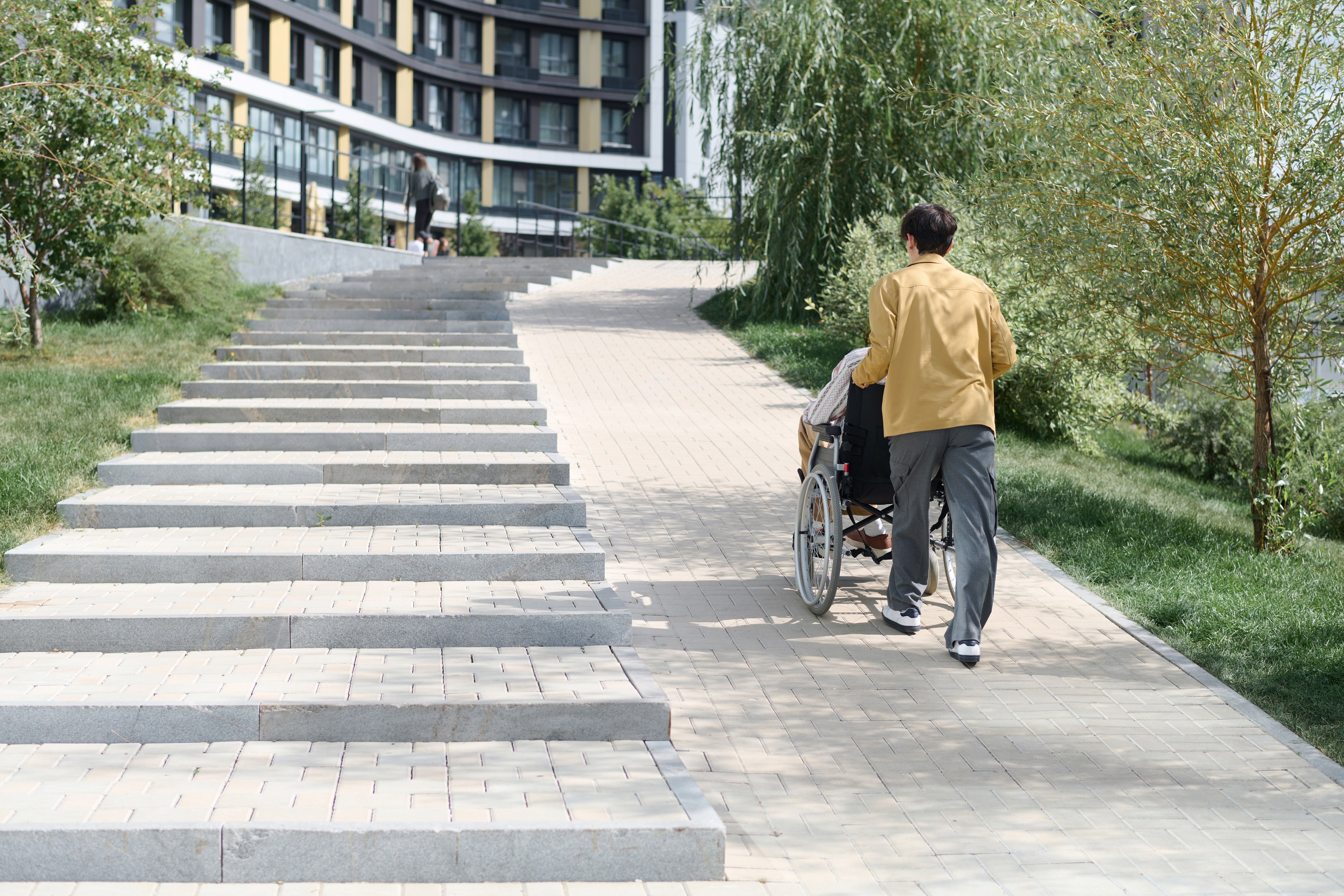
From building the raised garden to leveling it, everything is quite hard on slopes. And it is extremely difficult to make such gardens on a slope if you have movement disabilities.
Steep slopes can pose safety risks, especially when working on or navigating them. Take precautions to ensure your safety, such as using proper equipment, securing pathways, and installing barriers or railings where necessary.
Solutions
- Make stairs in the garden for easy traversing. These steps should not be too high or low. The width of each step should be big enough that you can comfortably move about with your tools if needed. Using railing on the sides can be helpful too.
- If you selected raised beds, you can easily leave enough room for accessing bed of every level safely and comfortably.
- If your slope is about 20 degrees or steeper, you should not use motorized tools. Even if you do, extreme caution should be maintained while using tools.
- Secure the pathways in the garden to avoid slipping.
Challenge 7: Construction challenges
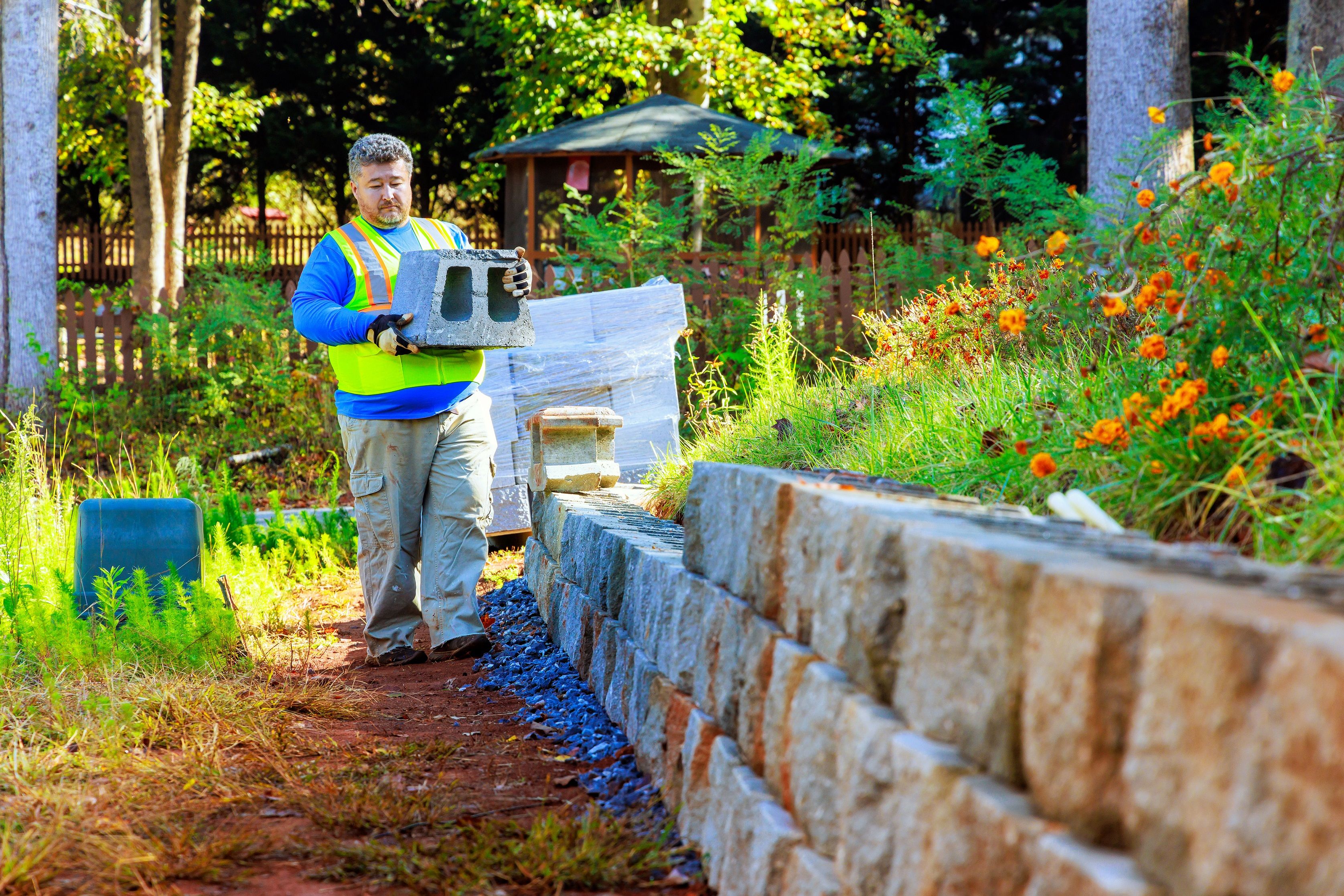
If you’re planning to build structures such as retaining walls or terraces, construction on steep slopes can be more complex and may require professional assistance.
Solutions
- Well, seeking professional help is the best way to go about it. Installing retaining walls, drainage systems, or making raised beds, all these require a good understanding of construction work and woodworking. If you are not experienced in these, you should hire someone.
- To tackle challenges of construction material selection, you should consider durability, availability, plant selection, and budget.
Challenge 8: Increased cost

Gardening on the steep slope requires you to make some arrangements. You may choose stepped gardening, raised beds, do landscaping, install irrigation, take some safety measures, etc. to make the most out of your hilly garden. The materials and supplies to set up your perfect garden can substantially increase expenses.
You may need professional assistance in planning and installing the garden. The professional services will further increase your costs.
Solutions
- Making an informed decision is the first thing. Also, plan well. The better you can plan ahead about your upcoming issues regarding the garden, the more chances you can control the cost. If you don’t plan for drainage before installing the garden or planting, you may face serious erosion issues. This will damage the garden. And you will have to spend on damage control and installation of a drainage system.
- You can develop your garden in a few chunks. So you will need a smaller amount of the budget than what would have been needed otherwise.
- You can use ready-made beds and make little adjustments to suit your needs or build the whole thing yourself. But before getting your hands dirty, estimate the cost and choose the best alternative.
There are plenty of challenges if you have a steep slope for backyard or front yard. However, there are many proven ways to overcome them as well. You need to plan ahead to turn your steep slope into an enviable garden that not only you but everyone will love.
Here are some more tips on gardening on steep slope.
